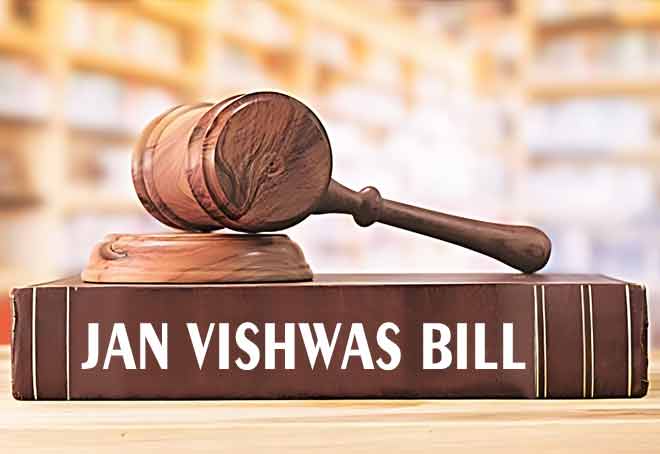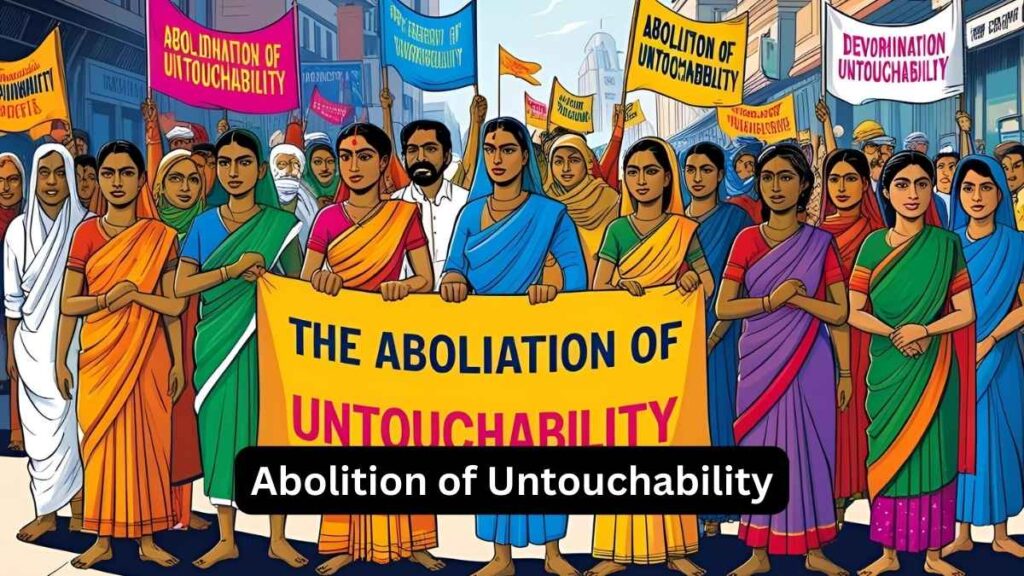Font size:
Print
High-Speed Railways in India
Context:
The Ministry of Railways has directed the Integral Coach Factory (ICF) in Chennai to produce two state-of-the-art trains designed to achieve speeds of up to 250 km per hour.
More on News:
- Directive issued by the Railway Board, as part of the 2024-25 production programme.
- High-speed trains with a steel body, maximum speed of 250 km/h, and running speed of 220 km/h, to be constructed on a standard gauge.
- New trains developed on the Vande Bharat platform to enhance future speeds of Vande Bharat trains.
- Each train will consist of eight coaches.
- A standard gauge test track is being developed in Rajasthan to assess high-speed train capabilities and facilitate the export of Vande Bharat trains.
- which need conversion from broad gauge to standard gauge.
What is Rail Gauge?
- Rail gauge is the minimum vertical distance between the inner sides of two tracks, defining the width of the railway track.
- India uses four types of railway gauges: Broad Gauge, Metre Gauge, Narrow Gauge, and Standard Gauge (used in Delhi Metro).

Advantages of Standard Gauge (SG) Over Broad Gauge (BG)
- Speed Capabilities:
- SG trains: Up to 350 km/h and beyond.
- BG trains in India: Up to 160 km/h; slightly higher speeds elsewhere.
- Safety and Comfort: SG provides a safer, faster, and more comfortable system.
- Land and Structural Efficiency:
- SG requires less land width.
- Better stability and lighter coaches on sharp, curved, and steep lines.
- Speed Classification:
- Semi High Speed: Up to 250 km/h.
- High Speed: Above 250 km/h.
- Coach Comparisons: SG coaches are lighter and cheaper.
- Limitations of BG: Historical low speeds.
- Only used in India and Pakistan.
- Technological limitations prevent speeds beyond 160 km/h.
- High-speed BG systems are not feasible with current technology.
- Technological and Economic Benefits:
- SG adoption can drive India’s technological advancements.
- Aligns with the Make in India program.
- Potential leadership in global high-speed rail systems as countries switch to SG.
Benefits of High-speed Railways (HSR):
- High-speed rail improves accessibility, reduces travel time, and stimulates economic growth.
- Successful adaptation of HSR technology by countries like Japan, Germany, France, UK, South Korea, and USA.
- HSR projects in India are expected to attract foreign investment, new businesses, and improve lifestyle.
Challenges in the Construction of High-speed Railways in India:
- Social Challenges: It requires a lot of initial investment
- Challenges in land acquisition delayed.
- Relocation of displaced people and firms poses logistical challenges.
- Human resource development is crucial for training workers in maintenance and safety.
- Economic challenges include estimating GDP rise and construction effects.
- Contractual incompleteness and political complexities pose risks to HSR project implementation.
National Rail Plan Vision – 2030:
-
- Indian Railways has prepared the plan, aimed at establishing a ‘future-ready’ railway system by 2030.
- Plan aims to boost the modal share of Railways in freight to 45% by formulating strategies.
- Creating capacity ahead of demand, to accommodate future growth in demand up to 2050.
- Aims:
-
- Reduce freight transit time by increasing average train speed to 50 km/h.
- Launch Vision 2024 for accelerated implementation of critical projects by 2024:
- 100% electrification
- Speed upgradation to 130 km/h on all other Golden Quadrilateral-Golden Diagonal routes
- Elimination of all Level Crossings on Golden Quadrilateral-Golden Diagonal routes.
- Identify new Dedicated Freight Corridors and High-Speed Rail Corridors.
- Assess rolling stock and locomotive requirements for passenger and freight traffic.
- Determine total capital investment required with periodic breakdown.
- Encourage sustained involvement of the Private Sector in operations, ownership of rolling stock, terminal development, and track infrastructure.
Key Highlights of Interim Budget for Railways:
|



